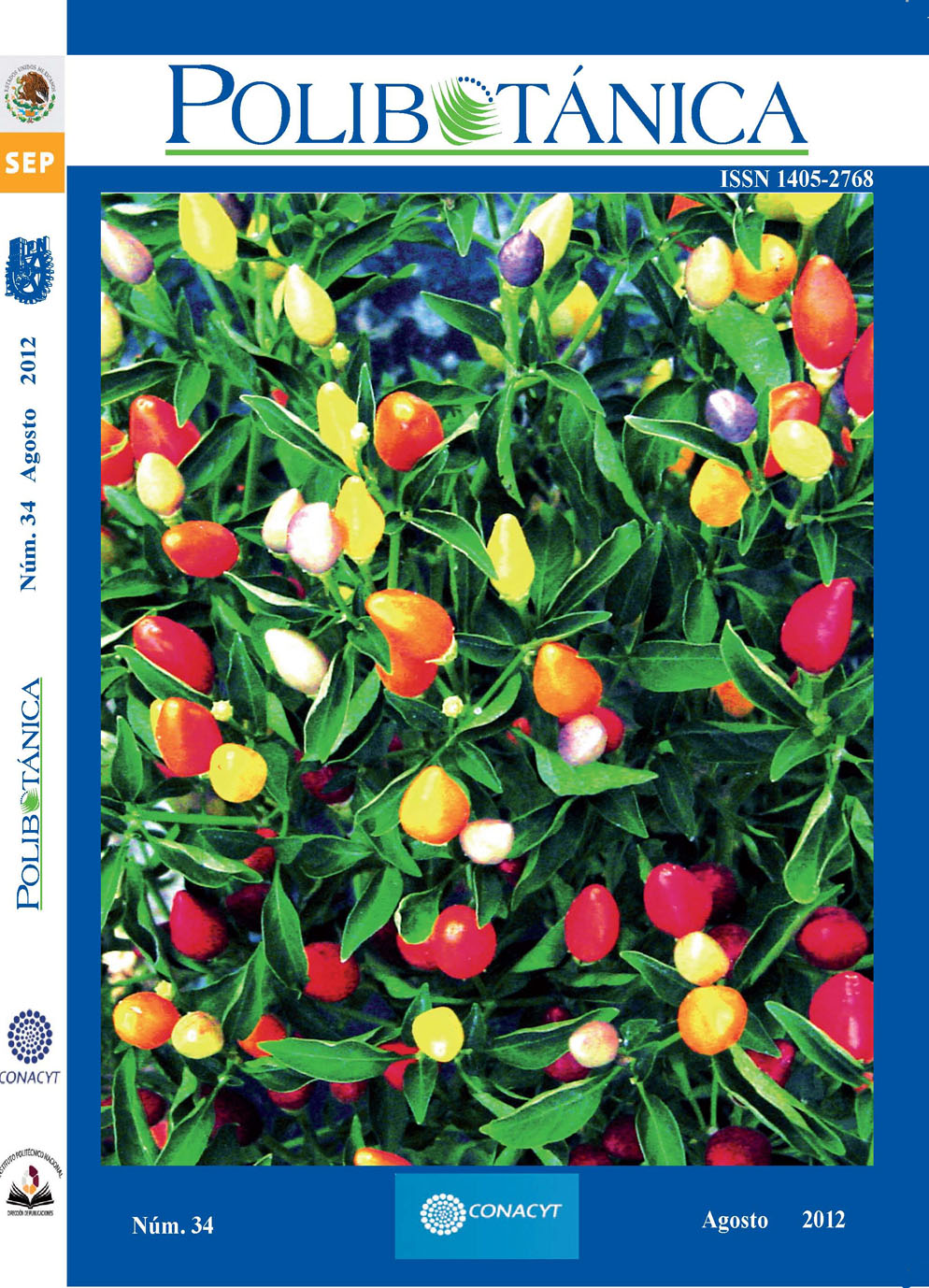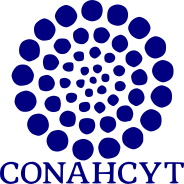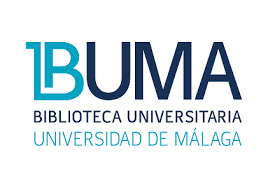EFECTO ANTIFÚNGICO DE CAPSAICINA Y EXTRACTOS DE CHILE PIQUÍN (CAPSICUM ANNUUM L. VAR. AVICULARE) SOBRE EL CRECIMIENTO IN VITRO DE ASPERGILLUS FLAVUS
Resumen
El chile piquín, como componente del matorral submontano del noreste de México,
es una planta anual que también crece y
se desarrolla de manera continua en zonas
tropicales. Además de los usos culinarios
se ha reportado su actividad en problemas
cardiovasculares, enfermedades crónicas
degenerativas, estimulante, digestiva
y colerético, así como su capacidad de
reducir los riesgos de contraer cáncer y
como bactericida. Ante esta diversidad de
aplicaciones y en busca de alternativas que
contribuyan a mejorar la calidad de la producción agrícola, se plantea la evaluación
de la actividad biológica de extractos etanólicos de frutos de chile piquín (Capsicum
annuum L. var aviculare) y de capsaicina,
sobre el crecimiento de Aspergillus flavus,
mediante dos técnicas: 1) técnica del pozo
en agar-papa-dextrosa (PDA) con la adición
20μL de cada uno de los tratamientos en
concentraciones de 200, 400, 600, 800 y
1000 ppm., 2) la técnica de dilución en agar
(PDA) que consiste en realizar una mezcla
homogénea entre las soluciones de los tratamientos y el agar (PDA) antes de su solidificación. La actividad de los tratamientos
se reflejó por la formación de un halo de
inhibición y por el crecimiento radial del
hongo, en cada técnica respectivamente.
Los resultados obtenidos mostraron que
tanto la capsaicina como los extractos de
chile piquín inhibieron significativamente el
crecimiento radial de A. flavus, siendo estos
resultados estadísticamente comparables a
los que se obtienen al aplicar el fungicida
comercial captán.
Descargas
Publicado
Número
Sección
Licencia

Polibotánica por Departamento de Botánica de la Escuela Nacional de Ciencias Biológicas del Instituto Politécnico Nacional se distribuye bajo una Licencia Creative Commons Atribución-NoComercial-CompartirIgual 4.0 Internacional.




















